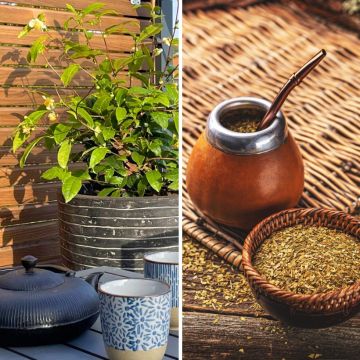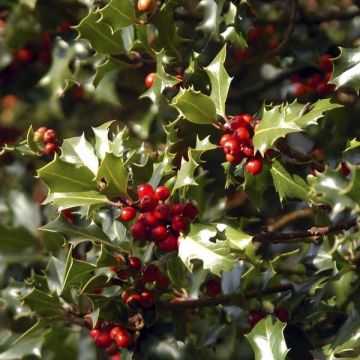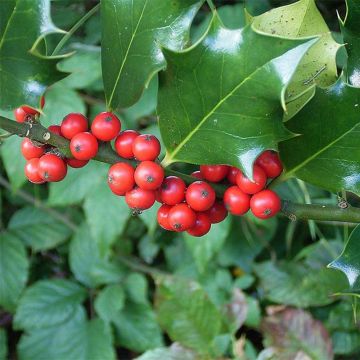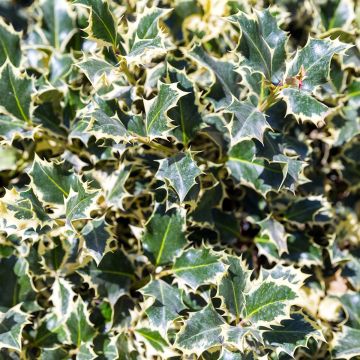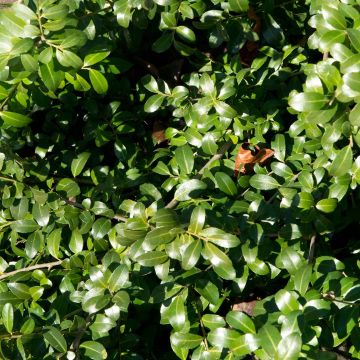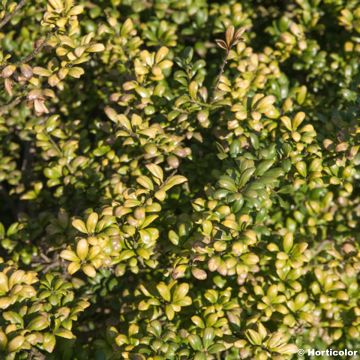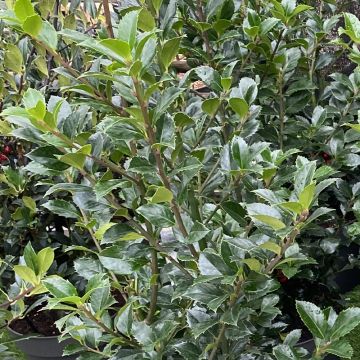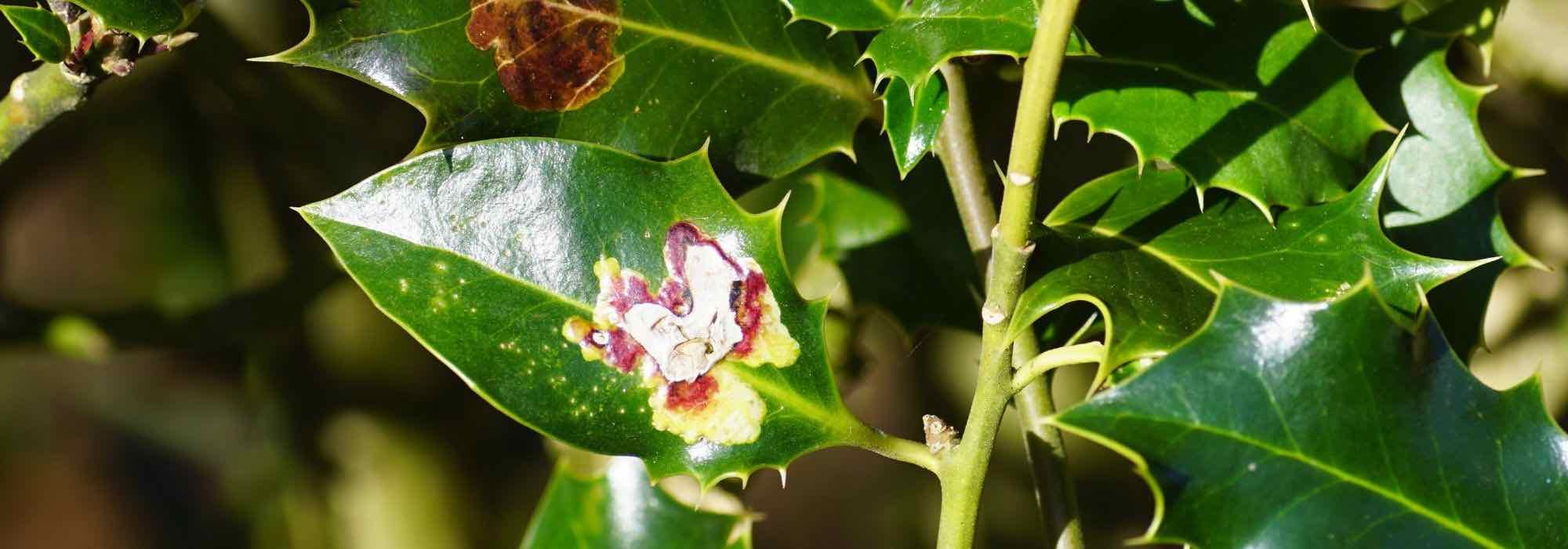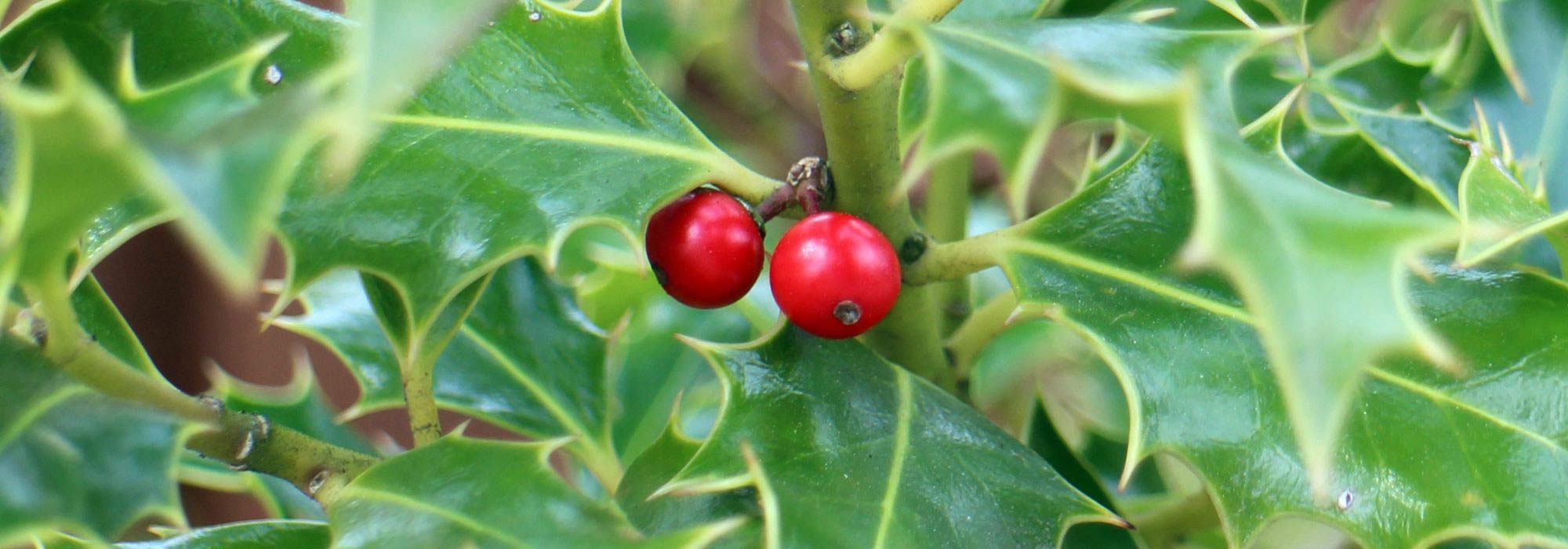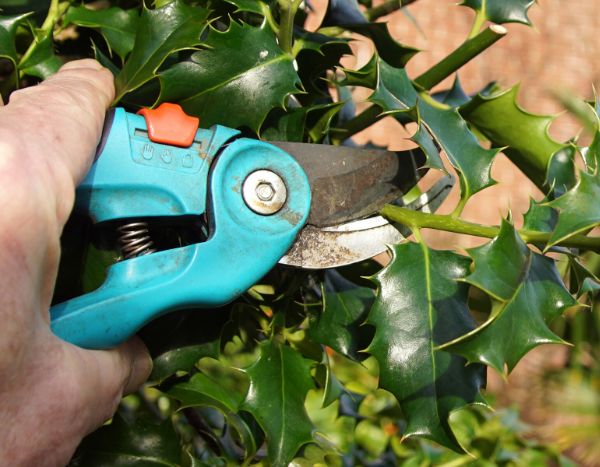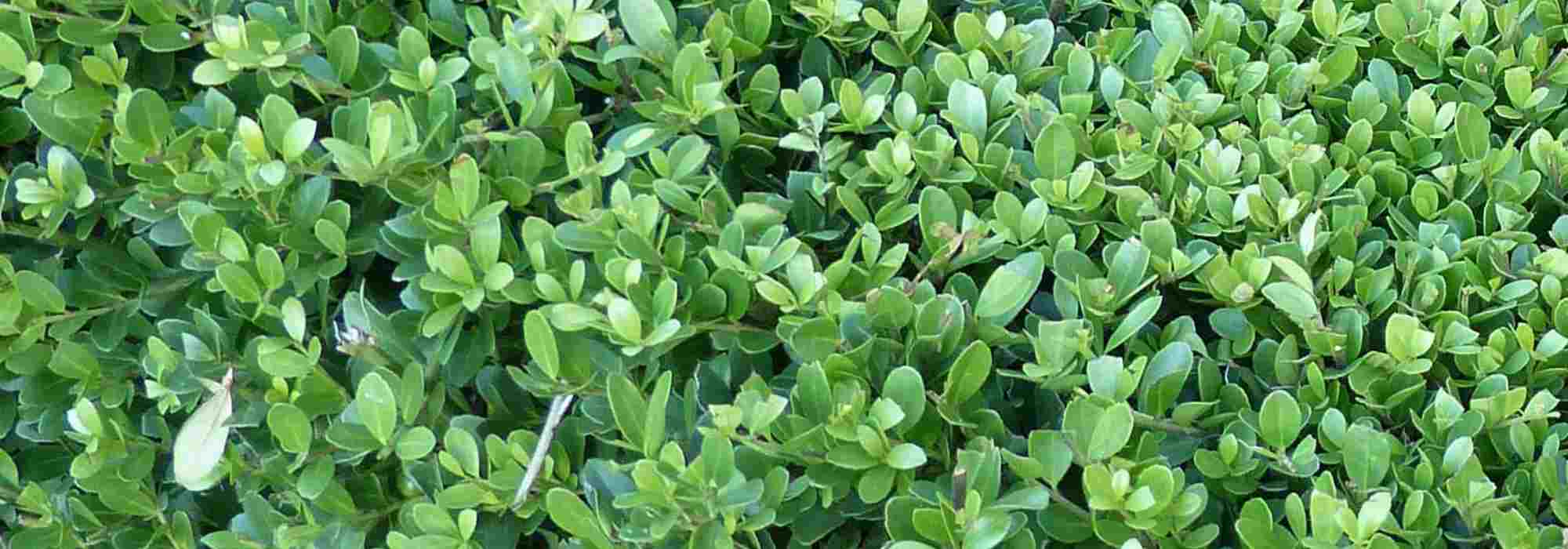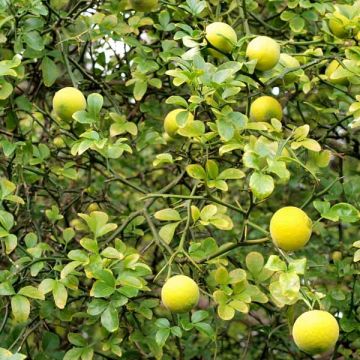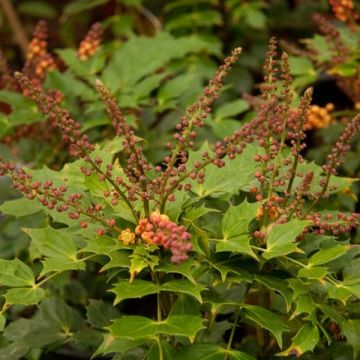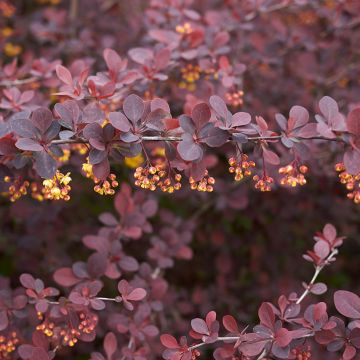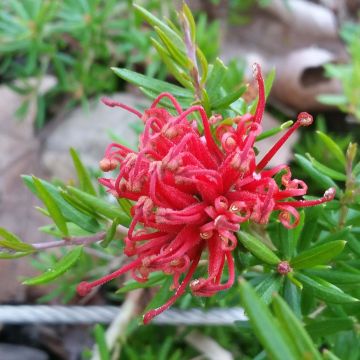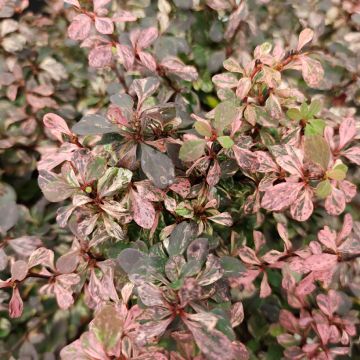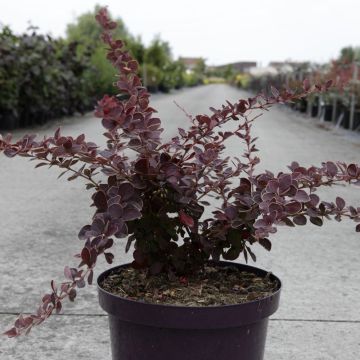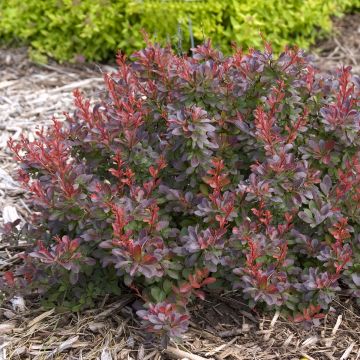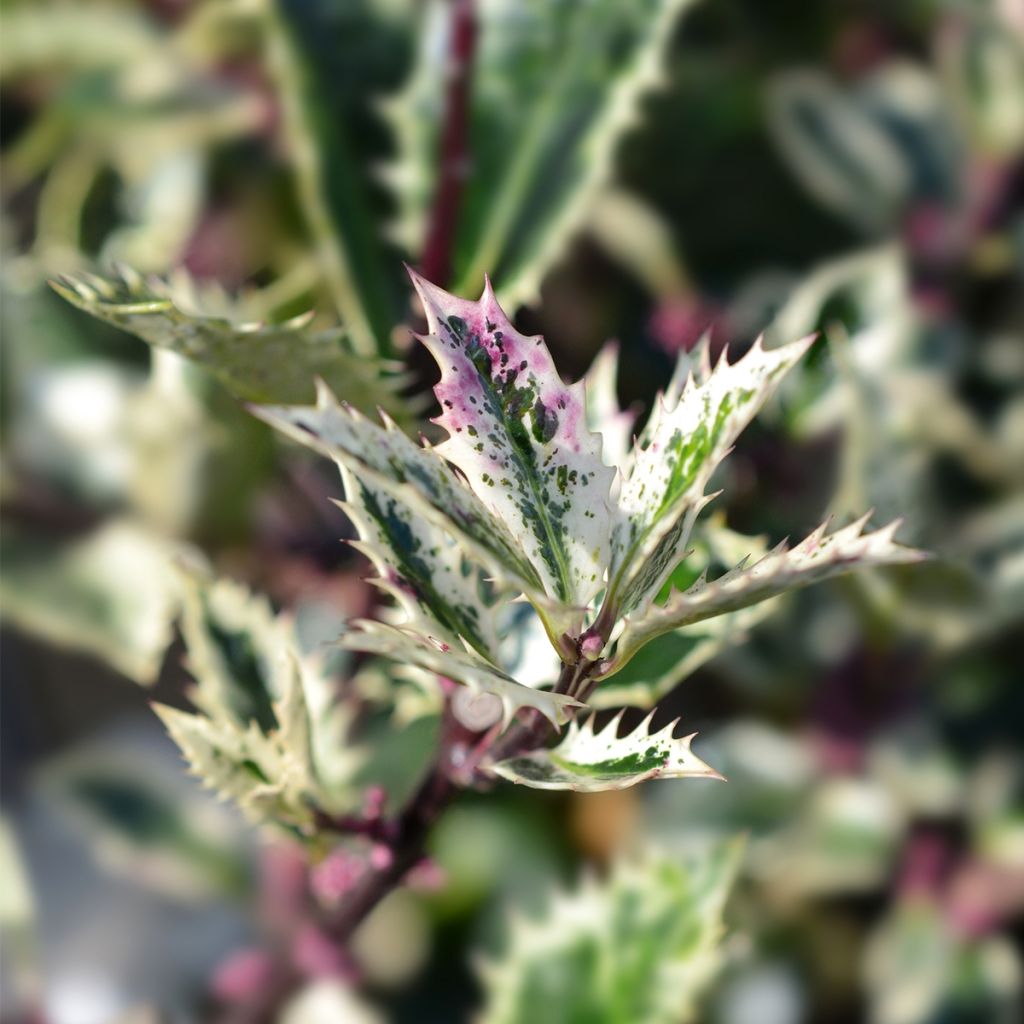

Ilex aquifolium Ingramii - Common Holly


Ilex aquifolium Ingramii - Common Holly


Ilex aquifolium Ingramii - Common Holly
Ilex aquifolium Ingramii - Common Holly
Ilex aquifolium Ingramii
European Holly, Common Holly, English Holly, Evergreen Holly
I purchased an Ilex aquifolium 'Ingramii' from you in January 2023 (collection from your place). At the beginning of March, all its leaves are drying up, despite the care taken during planting. My plot has quite a few young plants (pH 5.5-6). I am posting this message as a concern, as I am worried about its recovery. Philippe
Philippe, 02/03/2023
Special offer!
Receive a €20 voucher for any order over €90 (excluding delivery costs, credit notes, and plastic-free options)!
1- Add your favorite plants to your cart.
2- Once you have reached €90, confirm your order (you can even choose the delivery date!).
3- As soon as your order is shipped, you will receive an email containing your voucher code, valid for 3 months (90 days).
Your voucher is unique and can only be used once, for any order with a minimum value of €20, excluding delivery costs.
Can be combined with other current offers, non-divisible and non-refundable.
Home or relay delivery (depending on size and destination)
Schedule delivery date,
and select date in basket
This plant carries a 24 months recovery warranty
More information
We guarantee the quality of our plants for a full growing cycle, and will replace at our expense any plant that fails to recover under normal climatic and planting conditions.
Would this plant suit my garden?
Set up your Plantfit profile →
Description
Ilex aquifolium 'Ingramii' is a an ususual variety of the common holly that is particularly ornamental. This shrub, with variegated green foliage, takes on magnificent pink tones when new leaves emerge. With slow growth and a limited adult size, it can be grown in a container on a terrace. In the garden, it can be planted with other plants in beds or used as a specimen plant to showcase its unique foliage. It is a hardy horticultural variety that requires minimal maintenance and is easy to grow, making it well-suited for small gardens.
The genus Ilex is the only representative of the Aquifoliaceae family, but it includes several hundred species. Ilex aquifolium is an evergreen shrub or small tree that is mainly of European origin. It can be seen in many locations, thriving in deep soils and cool, moist areas, but it can also adapt to open spaces. It can be found in forests up to 1500 m (4921 ft 4 in) altitude, easily recognizable from afar with its dark green foliage and somewhat upright habit. It is a dioecious species, meaning there are male and female individuals. The common holly is long-lived and can live for several centuries. In nature, it typically forms bushes that are 5 to 6 m (16 ft 5 in to 19 ft 8 in) tall, but some individuals can grow much taller.
The variegated holly 'Ingramii' has a much more limited growth, reaching about 1.50 m (4 ft 11 in) in height after 10 years of planting, and eventually reaches about 2.50 m (8 ft 2 in) in height and 2 m (6 ft 7 in) in width when fully mature. It is remarkable for its extremely decorative evergreen foliage throughout the year. The young leaves appear in a mix of colours: varying shades of pink blending with creamy white and green speckles, all supported by purple branches. When mature, the green leaves are margined with creamy white, creating a mottled effect without clear boundaries between the colours, and this adds to its visual appeal. The leaf margins are also marked with distinct spines, enhancing the decorative aspect of the foliage. This compact holly adapts to most soils, tolerating even limestone. Although preferring some moisture, Ilex can withstand drought once well-established. It grows in full sun or partial shade (preferably in warm climates), making it an easy-to-grow plant that requires little maintenance.
This Ingramii holly is an ornamental bush that is well-suited for small gardens, whether planted as a standalone specimen or added into a planting bed. It can also be grown in a container to decorate a terrace. In this case, a modern, sleek pot in a neutral colour would complement its variegated foliage in a contemporary setting. It just requires patience to achieve the desired visual effect, as its growth is slow. It can also be integrated into a planting bed, taking care not to plant fast-growing, vigorous plants next to it to avoid overcrowding. It is also preferable to choose plants with solid-coloured foliage to avoid visual competition. A beautiful Camellia with dark green foliage would be a perfect companion in terms of growth rate and planting requirements. You have a wide variety of choices available due to the extreme diversity of available varieties. The Skimmia reevesiana with its glossy foliage and beautiful decorative red fruits would also be a great neighbour for our small holly.
Hollies are both beloved and misunderstood plants. The genus includes over 400 deciduous or evergreen species, generally native to the temperate Northern Hemisphere. These ancient plants have experienced the alternating periods of glacial and dry, hot periods in our climatic history, making them extremely adaptable and resilient. Their wood, which is white to cream, is very low in water content, even when green. It is dense and heavy, yet soft and easy to work with in carpentry. It is also an excellent fuel for heating.
Ilex aquifolium Ingramii - Common Holly in pictures






Plant habit
Flowering
Foliage
Botanical data
Ilex
aquifolium
Ingramii
Aquifoliaceae
European Holly, Common Holly, English Holly, Evergreen Holly
Cultivar or hybrid
Other Ilex - Holly
View all →Planting and care
To plant the common holly 'Ingramii', add some compost to the soil and mix it in to acidify a soil that is too chalky. Loosen compacted soil for faster and deeper rooting. The common holly is an understory species, naturally found in scrubland and mountains, up to an altitude of 1500 m (4921 ft 4 in). The common holly prefers acidic, humus-rich, and deep soils, as well as cool conditions, but can adapt to alkaline soils if the air's humidity level is sufficient. This shrub also dislikes excessively cold conditions and icy winds.
Choose a semi-shaded location in a warm climate, and a more sunny location in cooler regions. Follow watering instructions during the first 3 years, especially in summer and during prolonged dry spells, to help the young plant establish itself. Afterwards, this plant will manage on its own, as it tolerates drought fairly well. During the first few years, this plant can be pruned and trained at the end of summer or in early spring, by selecting the branches you wish to keep.
Holly can be attacked by holly leaf miners, white scale insects in spring, and mites and aphids in summer. The application of a preventive treatment at the beginning of the season can reduce these attacks.
Planting period
Intended location
Care
Planting & care advice
-
, onOrder confirmed
Reply from on Promesse de fleurs
Similar products
Haven't found what you were looking for?
Hardiness is the lowest winter temperature a plant can endure without suffering serious damage or even dying. However, hardiness is affected by location (a sheltered area, such as a patio), protection (winter cover) and soil type (hardiness is improved by well-drained soil).

Photo Sharing Terms & Conditions
In order to encourage gardeners to interact and share their experiences, Promesse de fleurs offers various media enabling content to be uploaded onto its Site - in particular via the ‘Photo sharing’ module.
The User agrees to refrain from:
- Posting any content that is illegal, prejudicial, insulting, racist, inciteful to hatred, revisionist, contrary to public decency, that infringes on privacy or on the privacy rights of third parties, in particular the publicity rights of persons and goods, intellectual property rights, or the right to privacy.
- Submitting content on behalf of a third party;
- Impersonate the identity of a third party and/or publish any personal information about a third party;
In general, the User undertakes to refrain from any unethical behaviour.
All Content (in particular text, comments, files, images, photos, videos, creative works, etc.), which may be subject to property or intellectual property rights, image or other private rights, shall remain the property of the User, subject to the limited rights granted by the terms of the licence granted by Promesse de fleurs as stated below. Users are at liberty to publish or not to publish such Content on the Site, notably via the ‘Photo Sharing’ facility, and accept that this Content shall be made public and freely accessible, notably on the Internet.
Users further acknowledge, undertake to have ,and guarantee that they hold all necessary rights and permissions to publish such material on the Site, in particular with regard to the legislation in force pertaining to any privacy, property, intellectual property, image, or contractual rights, or rights of any other nature. By publishing such Content on the Site, Users acknowledge accepting full liability as publishers of the Content within the meaning of the law, and grant Promesse de fleurs, free of charge, an inclusive, worldwide licence for the said Content for the entire duration of its publication, including all reproduction, representation, up/downloading, displaying, performing, transmission, and storage rights.
Users also grant permission for their name to be linked to the Content and accept that this link may not always be made available.
By engaging in posting material, Users consent to their Content becoming automatically accessible on the Internet, in particular on other sites and/or blogs and/or web pages of the Promesse de fleurs site, including in particular social pages and the Promesse de fleurs catalogue.
Users may secure the removal of entrusted content free of charge by issuing a simple request via our contact form.
The flowering period indicated on our website applies to countries and regions located in USDA zone 8 (France, the United Kingdom, Ireland, the Netherlands, etc.)
It will vary according to where you live:
- In zones 9 to 10 (Italy, Spain, Greece, etc.), flowering will occur about 2 to 4 weeks earlier.
- In zones 6 to 7 (Germany, Poland, Slovenia, and lower mountainous regions), flowering will be delayed by 2 to 3 weeks.
- In zone 5 (Central Europe, Scandinavia), blooming will be delayed by 3 to 5 weeks.
In temperate climates, pruning of spring-flowering shrubs (forsythia, spireas, etc.) should be done just after flowering.
Pruning of summer-flowering shrubs (Indian Lilac, Perovskia, etc.) can be done in winter or spring.
In cold regions as well as with frost-sensitive plants, avoid pruning too early when severe frosts may still occur.
The planting period indicated on our website applies to countries and regions located in USDA zone 8 (France, United Kingdom, Ireland, Netherlands).
It will vary according to where you live:
- In Mediterranean zones (Marseille, Madrid, Milan, etc.), autumn and winter are the best planting periods.
- In continental zones (Strasbourg, Munich, Vienna, etc.), delay planting by 2 to 3 weeks in spring and bring it forward by 2 to 4 weeks in autumn.
- In mountainous regions (the Alps, Pyrenees, Carpathians, etc.), it is best to plant in late spring (May-June) or late summer (August-September).
The harvesting period indicated on our website applies to countries and regions in USDA zone 8 (France, England, Ireland, the Netherlands).
In colder areas (Scandinavia, Poland, Austria...) fruit and vegetable harvests are likely to be delayed by 3-4 weeks.
In warmer areas (Italy, Spain, Greece, etc.), harvesting will probably take place earlier, depending on weather conditions.
The sowing periods indicated on our website apply to countries and regions within USDA Zone 8 (France, UK, Ireland, Netherlands).
In colder areas (Scandinavia, Poland, Austria...), delay any outdoor sowing by 3-4 weeks, or sow under glass.
In warmer climes (Italy, Spain, Greece, etc.), bring outdoor sowing forward by a few weeks.































